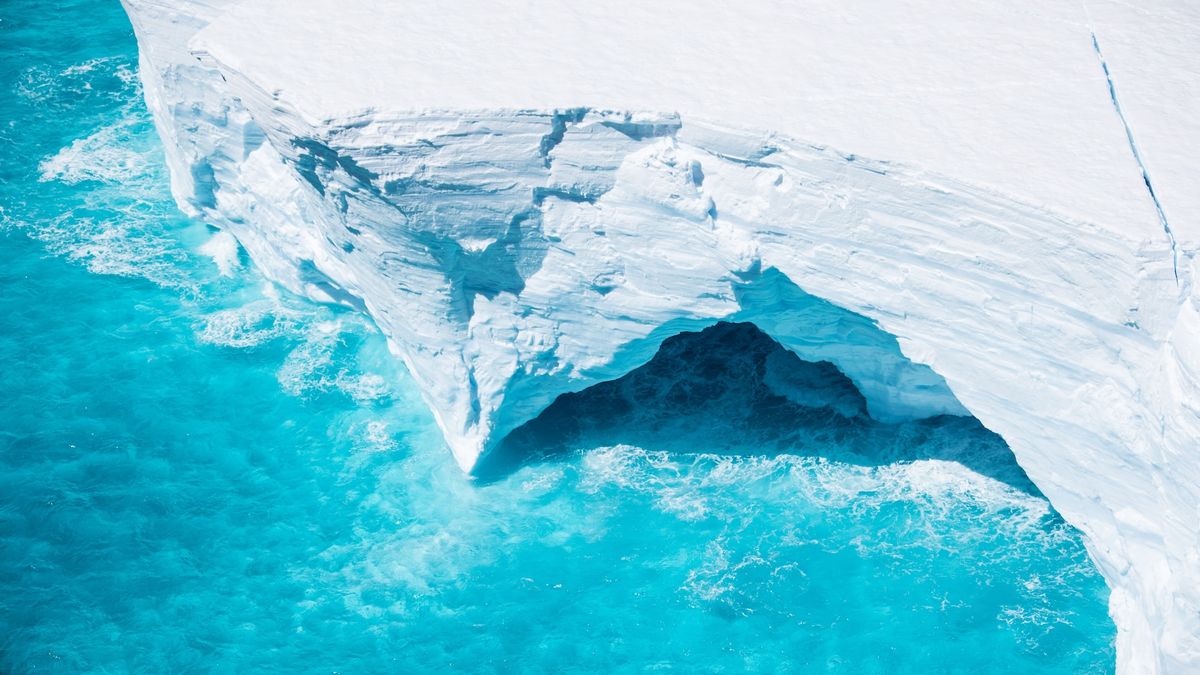Antarctica is losing ice quickly, in part because of climate change. Massive calving events, such as the one that formed the Delaware-sized (5,800 square kilometers, or 2,239 square miles) A-68 iceberg in 2017, can destabilize ice shelves and capture the public’s attention. But the infrequency of extreme calving events makes it difficult for scientists to predict them and understand whether they are connected to climate change.
To explore potential connections between climate change and large iceberg formation in Antarctica, MacKie et al. carried out the first long-term analysis of the continent’s biggest annual icebergs. Because such large calving events are rare and unevenly distributed, the researchers used statistical approaches specifically geared toward small datasets with long tails to look for changes in calving event frequency over time. They focused on the single largest iceberg to form each year from 1976 to 2023. These icebergs had surface areas up to 11,000 square kilometers (4,247 square miles).
The study revealed that the surface area of the largest annual iceberg decreased slightly over time and that despite the growing influence of climate change, the risk of an extreme calving event did not increase. Because climate warmed over the study period but the largest iceberg area did not increase, the findings suggest that extreme calving events are not necessarily a direct consequence of climate change, the authors write.
Related: When was the last time Antarctica was ice-free?
However, the number of smaller calving events has increased over time, other work has found. This study highlights the role of these events in chipping away at Antarctic ice in a “death by a thousand cuts,” the authors write. Though extreme calving events make dramatic headlines, more common, smaller iceberg formations are the main source of climate change–driven mass loss in Antarctica, they conclude.
The researchers also found that the biggest Antarctic iceberg may be yet to come. Although they do not predict an increase in the frequency of extreme calving events, their modeling suggests that a “once in a century” iceberg could be roughly the size of Switzerland (38,827 square kilometers, or 14,991 square kilometers).
This article was originally published on Eos.org. Read the original article.
